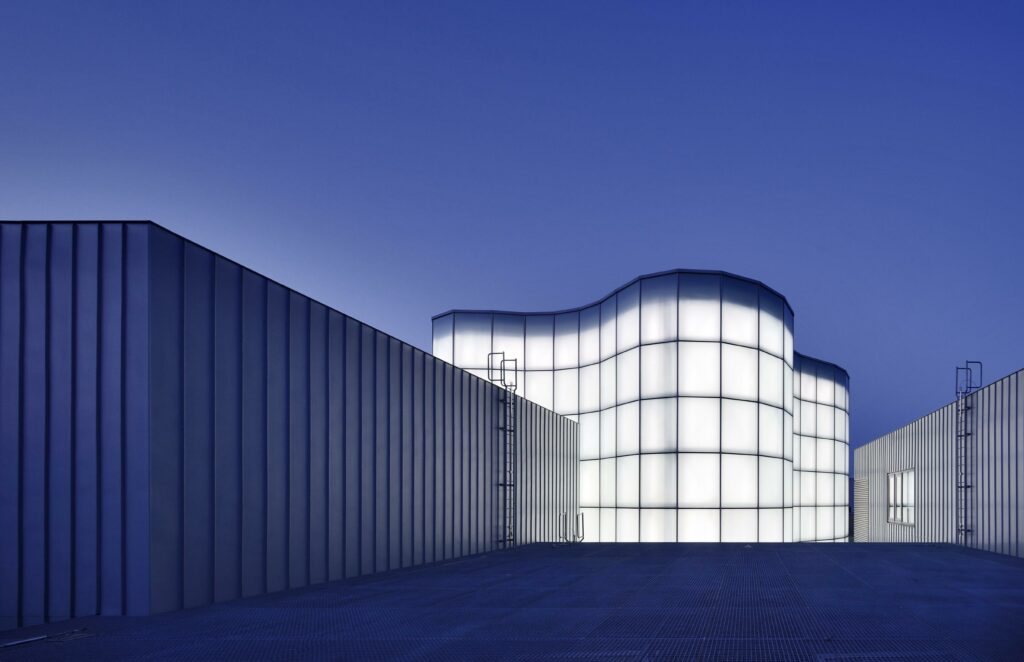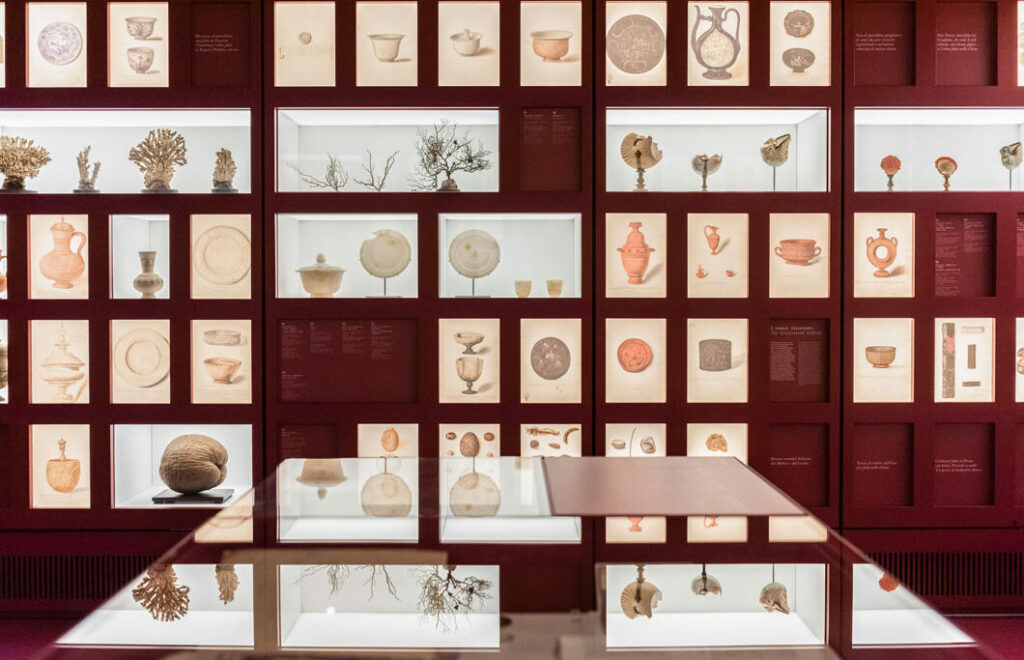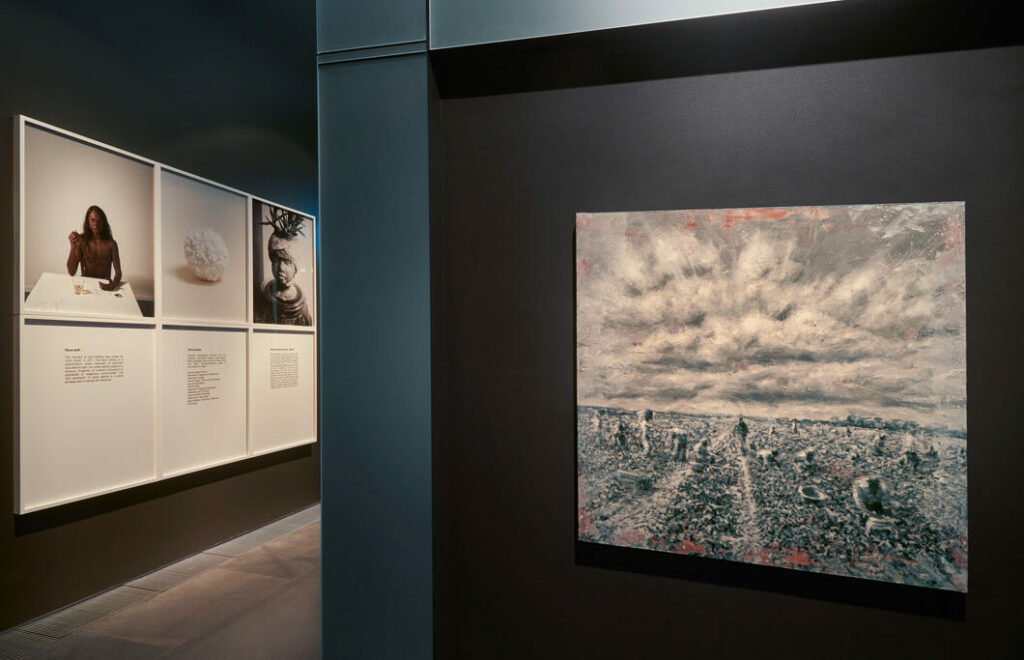Questioning the collection at MUDEC Museum of Cultures
Museum collections are closely tied to the physical space that houses them: there’s a continuous mediation between the objects, their stories, origins and symbolism, and the policies of the architectural spaces containing them, which are, in their turn, in dialogue with the territory and the city. In Milan, at the MUDEC Museum of Cultures, the relationship between the ethnographic collection and its context stems from the museum’s initial curatorial project, by anthropologist Marc Augé. The dialogue sought to withstand subsequent economic and political changes that have posed a challenge, leading to dedicate only 30 percent of the architectural space, designed by David Chipperfield, to the ethnographic collections.

The relationship between the ethnographic collections and the architectural project has resulted in frictions on the allocation of resources between the symbolic intent of certain aesthetic choices and the open and participatory curatorial intents. The latter had to reformulate itself according to the reduction of the dedicated space: the very concept of collection had to be questioned.
Currently curated by Carolina Orsini, the collection at Mudec should be read as a mirror to the city’s dynamics; it regards objects as catalysts for reflection and interaction, brought to life through workshops prior to their incorporation into an evolving permanent exhibition. This exhibition undergoes a refresh every five years, allowing the objects within the museum’s accessible repository to be woven into the fabric of contemporary life, thereby enabling them to manifest their societal agency.

Since its inauguration in 2015, MUDEC – Museum of Cultures in Milan, has embarked on a reflective journey to examine the evolving role and responsibilities of ethnographic museums in today’s society. The museum’s latest permanent exhibition, “Global Milan. The world seen from here” (2021-2025), weaves together personal narratives and significant global historical events, showcasing Milan as Italy’s gateway to international cultures and presenting its collections as manifestations of global interconnectedness. This exhibition was meticulously curated through extensive research in collaboration with diasporas’ historians and was enriched through participatory methods, including workshops involving individuals with significant transnational experiences, culminating in the presentation seen today.
Among the discussions explored in the exhibition is a podcast titled “The Care of Words,” which delves into several pertinent topics.
A standout feature of the exhibition is its final room: a vibrant testament to the creativity of Afro-descendant generations and their unique viewpoints within the modern urban milieu of the city of Milan. The room setup was realized through participatory processes that involved workshops and dialogues with a diverse group of artists, videographers, writers, and influencers with transnational experiences.

Their personal insights and varied forms of expression have resulted in a dynamic portrayal of their work and perspectives, offering a fresh lens through which to view the museum’s collections: this exhibition aims to amplify the voices of emerging talents, challenging the traditional symbolism, and also the implicit violence of the objects housed within the museum.
